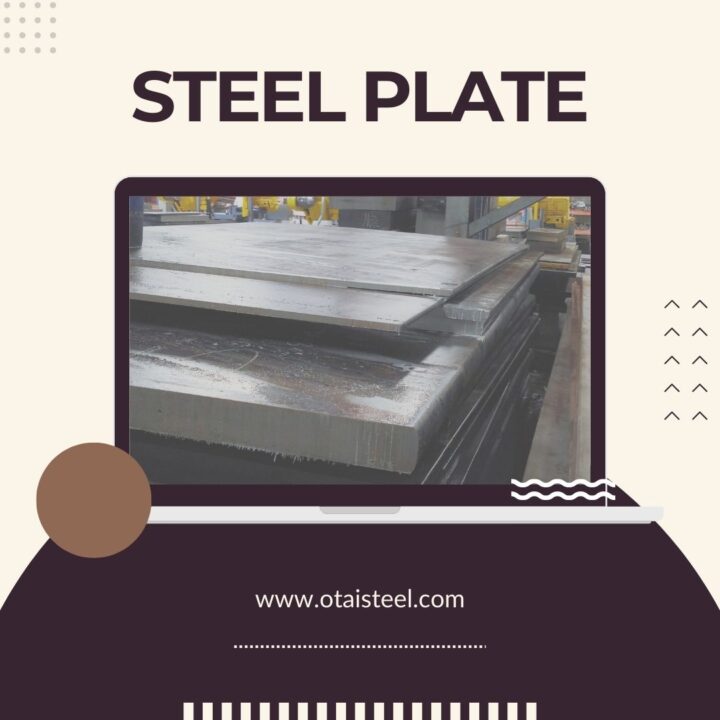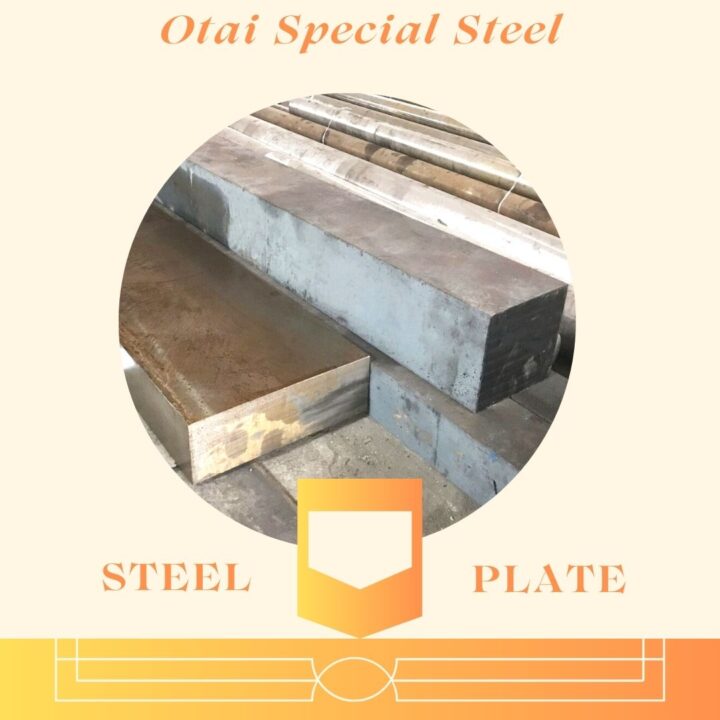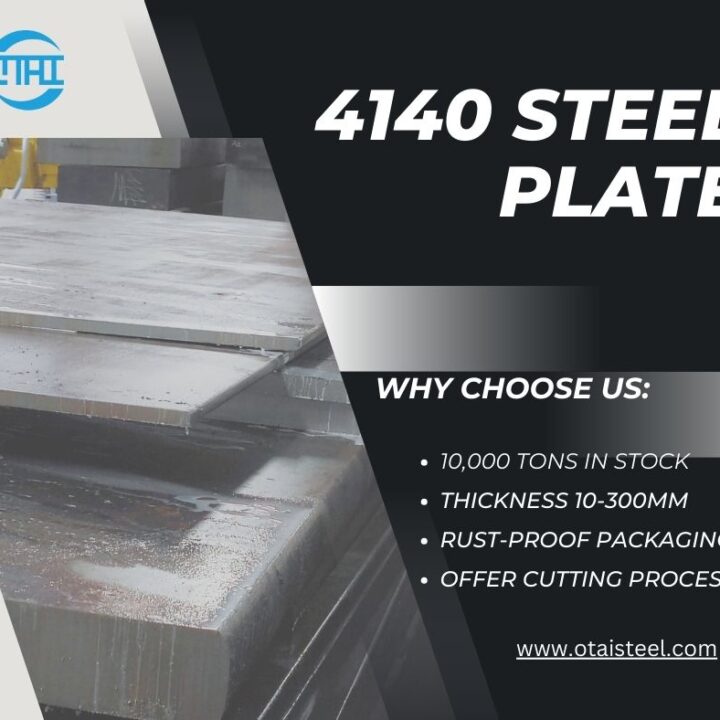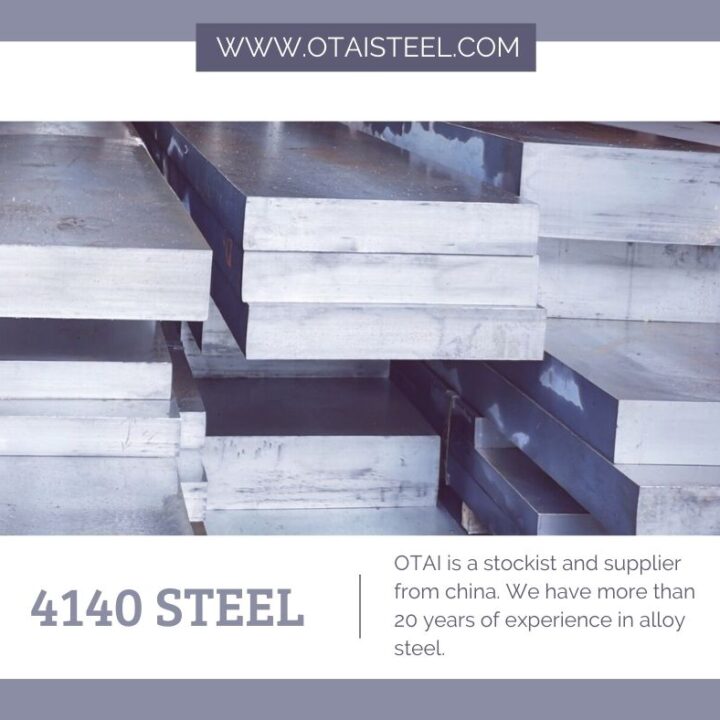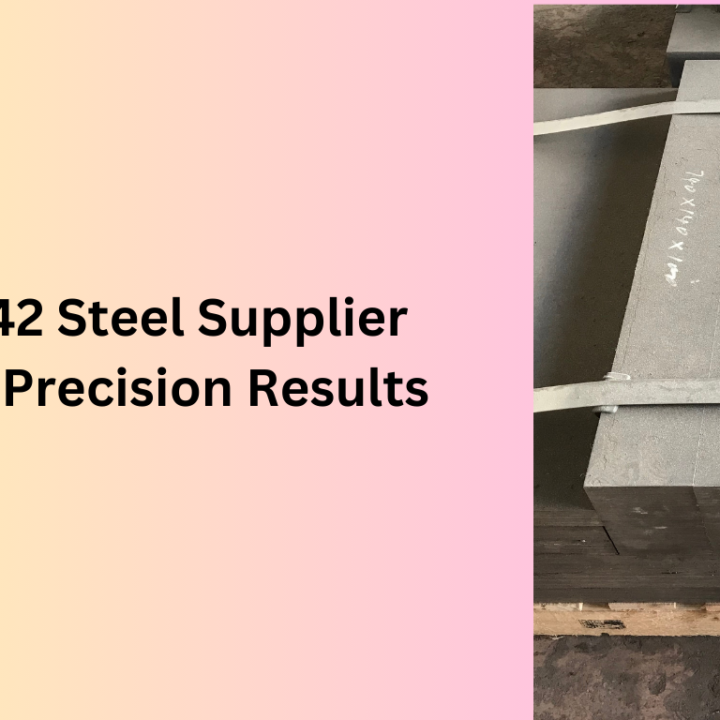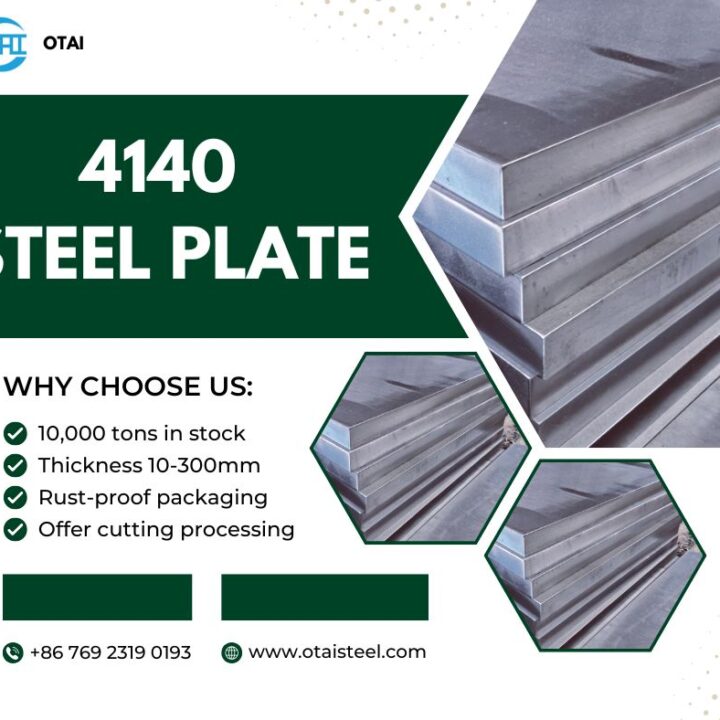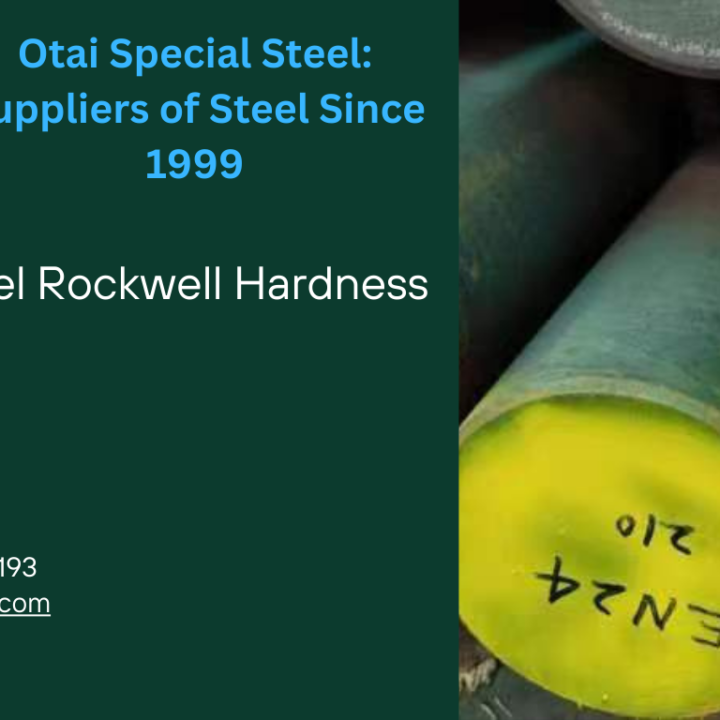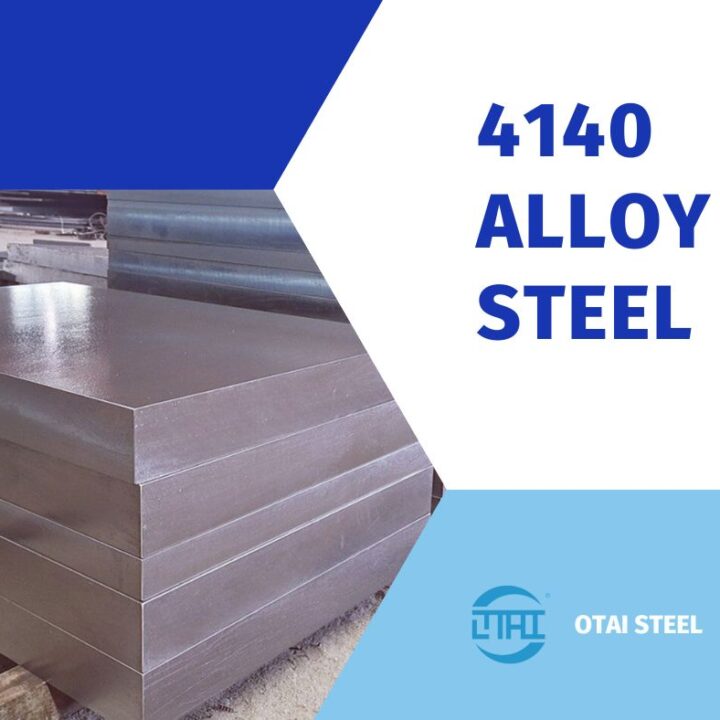From the chemical composition and structural characteristics of H13 steel for aluminum extrusion.
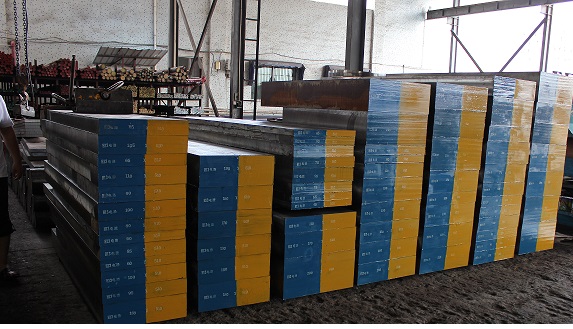
H13 steel for aluminum extrusion of process control measures
From the chemical composition and structural characteristics of H13 steel for aluminum extrusion, it can be seen that the hot working process has a great impact on the structure and performance of H13 steel for aluminum extrusion molds. In order to prevent early failure of H13 steel molds, extend the service life and improve economic benefits, a scientific and reasonable Thermal processing technology.
-
Forging process
H13 steel for aluminum extrusion has high alloy element content, poor thermal conductivity, relatively low eutectic temperature, and is prone to cause overburning. For billets with a diameter larger than Ø70mm, it should be preheated in the range of 800 ~ 900 ℃, then heated at the initial forging temperature of 1065 ~ 1175 ℃. During the forging, the drawing and upsetting are performed multiple times. The total forging ratio is greater than 4.
-
Spheroidizing annealing process
The purpose of the spheroidizing annealing process is to homogenize the structure, reduce the hardness, improve the cutting performance, and prepare the structure for quenching and tempering. The spheroidizing annealing process is held at 845 ~ 900 ℃ (1h + 1min) / mm, and then furnace cooled to 720 ~ 740 ℃ isothermal (2h + 1min) / mm. Finally, the furnace is cooled to 500 ℃ and air-cooled. Granular pearlite, hardness is less than 229HBS. The spheroidization quality can be evaluated according to the first level diagram of GB / T1299-2000 standard.
-
Quenching and tempering process
The best heat treatment process of H13 steel for aluminum extrusion is oil-quenched or classified quenching after heating at 1020 ~ 1080 ℃, and then two tempering at 560 ~ 600 ℃. The microstructure is tempered tonite + tempered sorbite + residual carbide , Micro hardness is 48 ~ 52HRC. For molds (die-casting molds) that require high rigidity, the upper limit of the heating temperature can be used for quenching. For molds that require toughness (hot forging dies), the lower limit heating temperature can be used for quenching.
Ms Sharon Wan
Mobile/WhatsApp: 0086-13580960968
Tel: 0086-769-23190193
Fax: 0086-769-88705839
Email: Sharon@otaisteel.com
